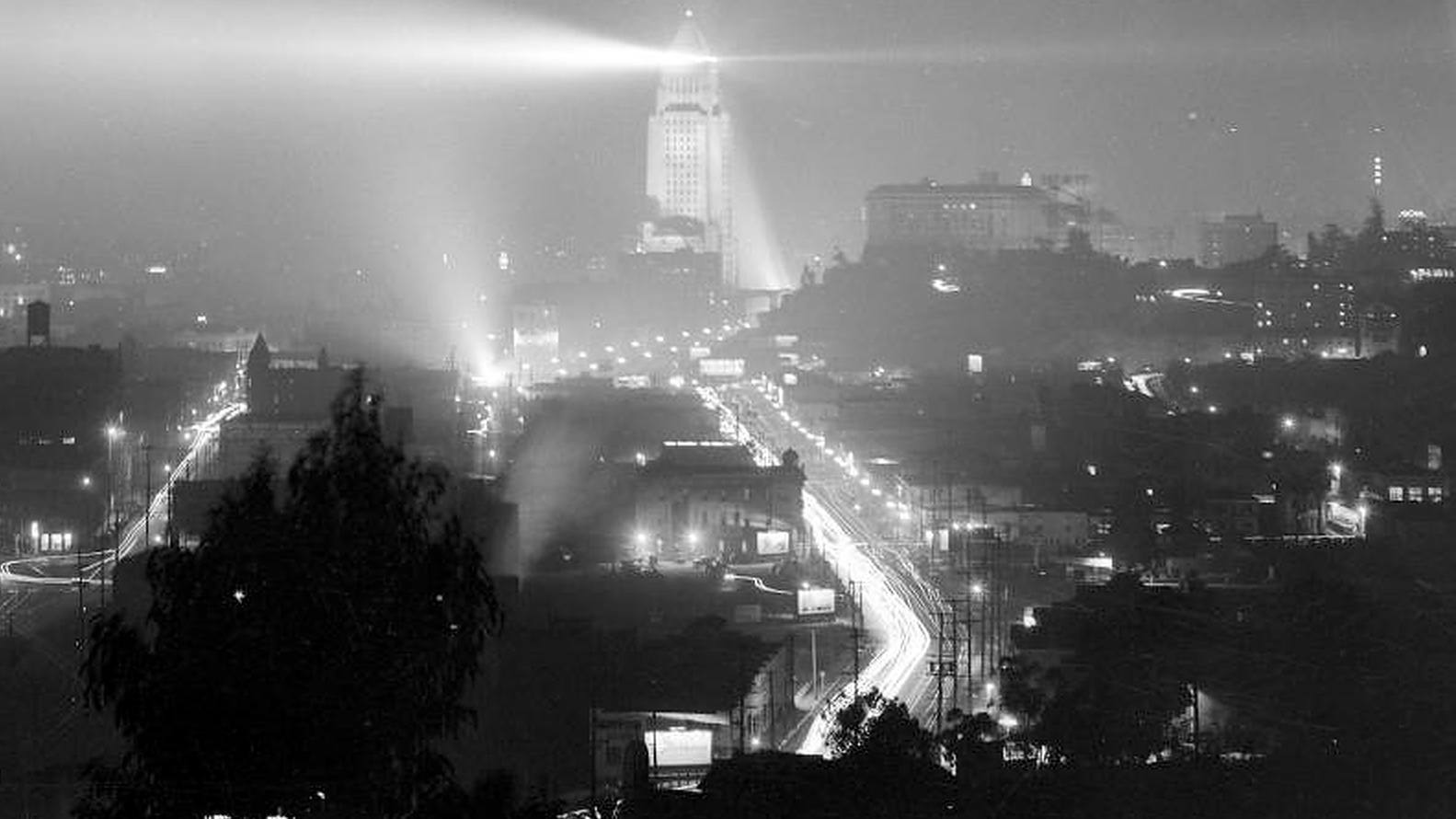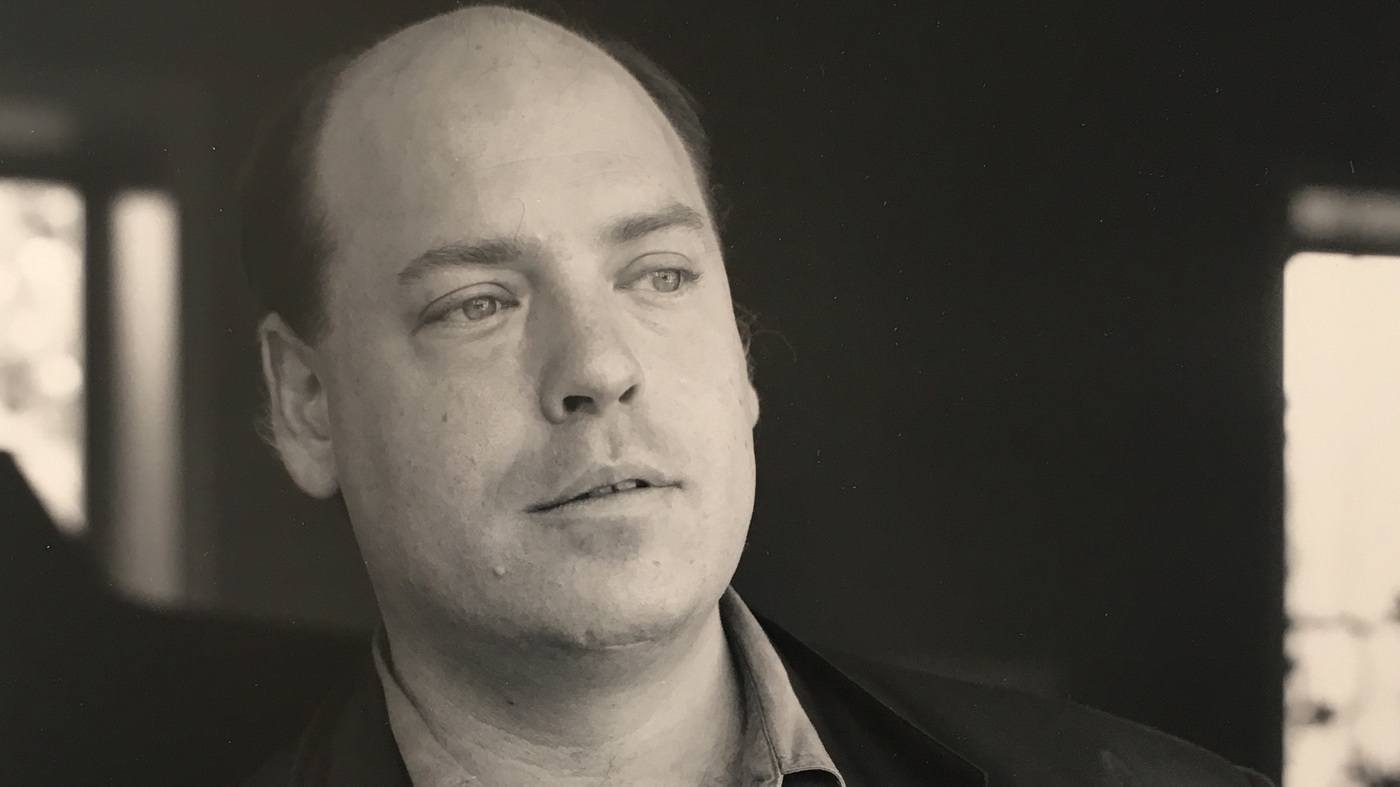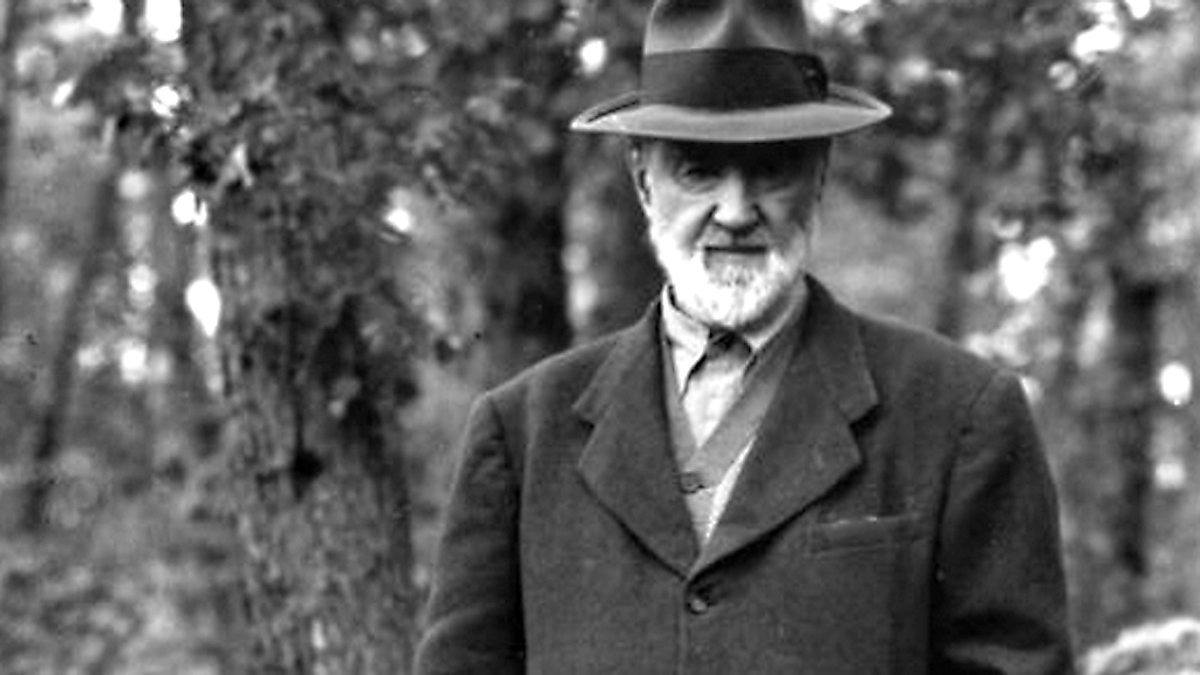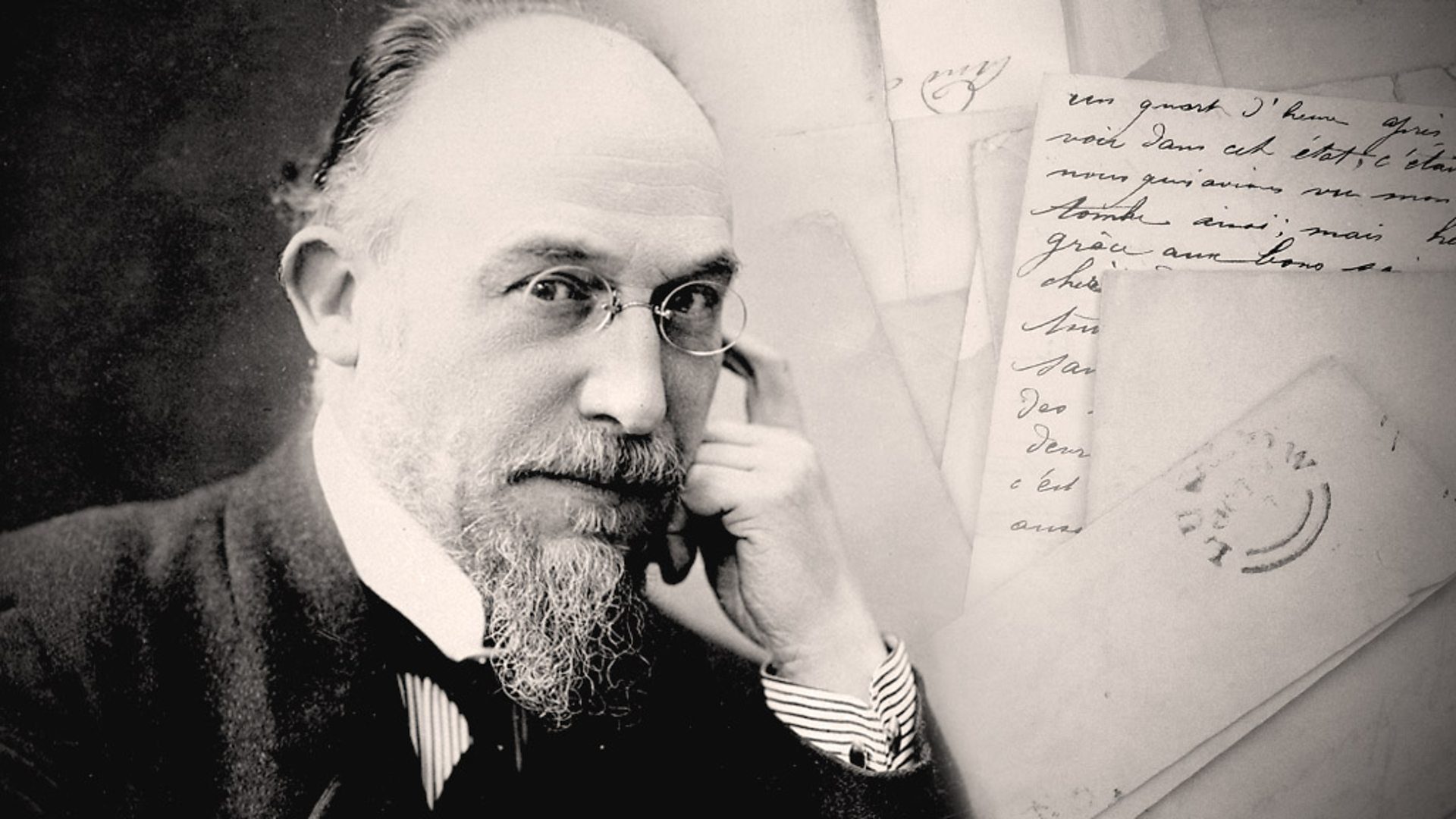John Adams’ Piano Concerto, “Must the Devil Have All the Good Tunes?”
John Adams’ Piano Concerto, Must the Devil Have All the Good Tunes?, was commissioned by the Los Angeles Philharmonic as part of its 2018-19 Centennial season. Technically, it counts as Adams’ “Piano Concerto No. 3,” following the exhilaratingly mechanical Century Rolls (1996) and the dreamy impressionism of Eros Piano (1989). The Concerto unfolds seamlessly in a single, continuous movement broken into three sections (fast-slow-fast). According to Adams, the title, attributed to Martin Luther, came from an article …







